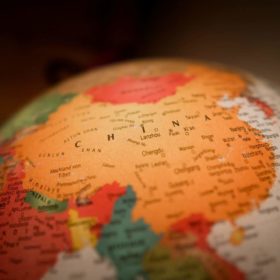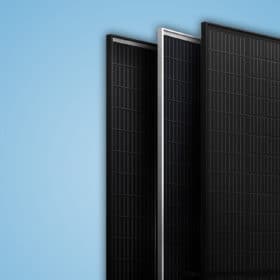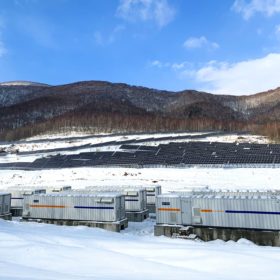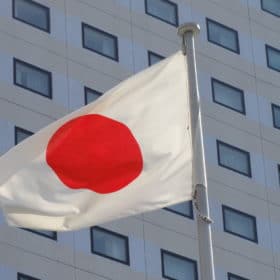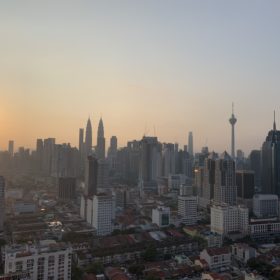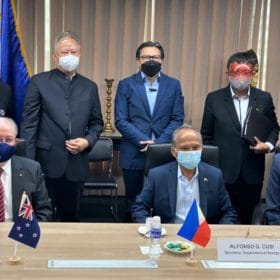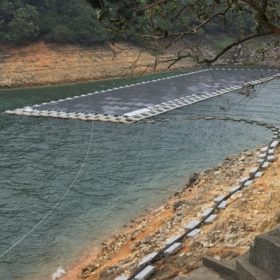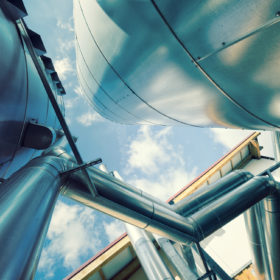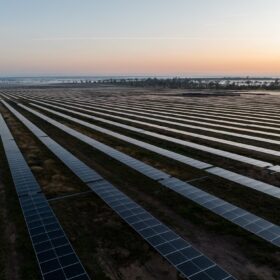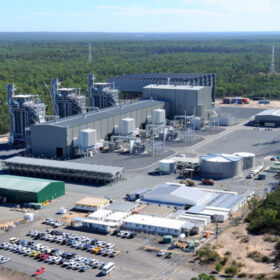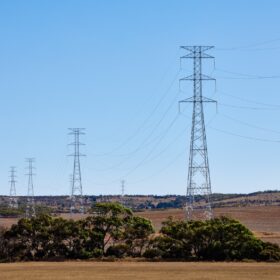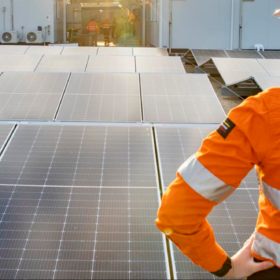Batteries with Chinese characteristics
At present, China accounts for almost 75% of global lithium-ion battery manufacturing capacity and this share is set to increase through the short term with its build-out of new facilities. And although the US and Europe are enacting policies to encourage domestic battery production, there has been a distinct lack of support for investment in the supply and refining of the raw materials to achieve this. In China, the opposite holds true.
Baotou City set for 10 GW of renewables
The tide of clean energy facilities planned under the city’s next five-year strategy was revealed by Hong Kong-listed polysilicon maker Xinte Energy, which has signed a framework agreement to construct 200,000 tons of manufacturing capacity near Inner Mongolia’s largest city.
Assessing the impact of large-wafer modules
Energy consultancy DNV GL has published new results comparing the performance of modules based on 166mm, 182mm and 210mm silicon cells. The assessment compares Trina Solar’s Vertex modules, which use the largest cell dimension, with unnamed competitors utilising the other two sizes. Results from system simulations show a clear advantage for the two larger sizes, with 210mm edging ahead in terms of levelised cost of electricity.
Solar-plus-storage as an antidote to grid congestion in Japan’s northern island of Hokkaido
Chinese inverter maker Sungrow has switched on a 6 MW / 21 MWh solar-plus-storage facility on the island. The FIT project’s connected AC capacity is limited to only 845 kW, but the containerised storage solution provided by the company ensures its viability.
Are Japan’s upstream players heading for the exit?
Moves by Japan’s trading houses to de-risk their upstream portfolios make sense. Faced with falling domestic oil and gas demand and an accelerating energy transition, future E&P investment is far less certain. Strategy reviews are switching focus to new growth areas – covering everything from fintech to pork bellies – with the increasingly diverse businesses of Japan’s trading houses challenging upstream for future capital.
Malaysia to allocate another 500 MW of rooftop PV under net metering
The NEM 3.0 program will run until the end of 2023 and will see the participation of residential, commercial and industrial prosumers as well as public entities and government ministries.
Panasonic to exit solar manufacturing
The Japanese brand will continue to sell third-party-made modules under its brand in its home market, as it already does overseas, but in-house PV wafer, cell and module production will halt by the end of fiscal year 2022.
Australian green hydrogen innovator set to flip the Philippines’ coal-fired fleet
Australian technology company Star Scientific has signed a Memorandum of Understanding with the Philippines’ Department of Energy in order to trace out the use of its game-changing HERO technology. The partnership could see Star Scientific transform every coal-fired power plant in the nation to green hydrogen while also utilising the technology to, among other things, provide clean, quick, desalinated water.
Large scale floating PV to sell power at $0.0368/kWh in Indonesia
A new report from the Institute for Essential Services Reform (IESR) shows that PV has not been growing significantly in Indonesia in recent years, despite the size of the energy market and economy. According to its authors, however, there are multiple paths that can be followed to bring volumes into all market segments. Large scale solar is expected to play a major role in the years to come, as the LCOE for big floating projects is approaching levels close to those of more mature markets.
Japanese giant backs QLD green hydrogen plant and Omani grey hydrogen competitor
The Sumitomo Corporation has simultaneously signed a contract with an EPC for a solar-powered green hydrogen production plant in Gladstone, Queensland, while also commencing a feasibility study for a grey-green hybrid hydrogen project in Oman. Considering the relative similarities in distance between the two countries and export markets in East Asia, the Japanese conglomerate looks to be setting the stage for competition in the hydrogen economy.

